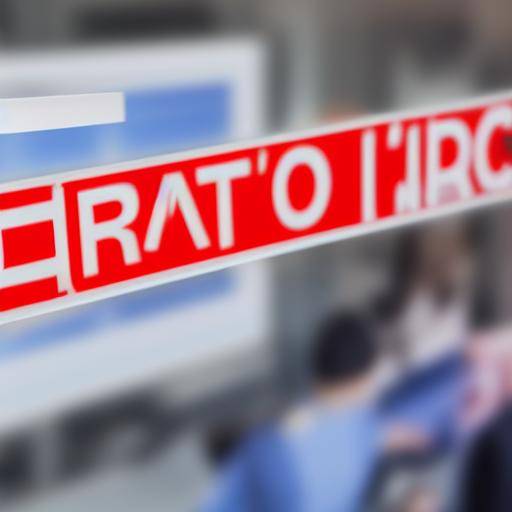
At present, labour stress has become a significant problem affecting a large number of workers worldwide. Pressure, labor demands and the lack of balance between working and personal life are just some of the factors that contribute to this phenomenon. However, continuous self-evaluation is presented as a crucial tool for managing and reducing stress in the working environment. In this article, we will explore the importance of continuous self-assessment in the management of labour stress, as well as its relationship with continuous improvement.
Introduction
Work stress is an omnipresent reality in the modern world and can have significant impacts on the physical and mental health of employees. Continuous self-assessment, i.e. the practice of constantly reflecting on our own skills, attitudes and reactions, is of substantial relevance in navigating the emotional and mental challenges that arise in the workplace. Throughout this article, we will explore how continuing self-assessment can be a key tool in addressing labour stress, as well as promoting continuous improvement in the working environment.
Continuous self-evaluation: a look at its historical origin and importance
Continuous self-evaluation has deep roots in psychology and personal development. From the first theories on self-knowledge proposed by classic philosophers to the emergence of more contemporary approaches, the practice of continuous self-assessment has evolved significantly over time. We will explore how these historical roots have laid the basis for their application in the working environment, offering a solid framework to understand their importance today.
In-depth analysis: understanding the benefits and challenges of continuing self-assessment in the management of labour stress
Continuous self-assessment not only provides individuals with a deeper understanding of their strengths and weaknesses, but can also be a powerful tool to identify and address labour stress. Through exploring case studies and examples of real life, we will examine how continuing self-assessment can play a crucial role in reducing stress and promoting a healthy and productive working environment. In addition, we will address the challenges and obstacles that can arise when implementing the continuing self-assessment in the workplace and how to effectively overcome them.
Comprehensive review: practical applications and best practices in continuous self-assessment for labour stress management
We will explore the specific applications of continuous self-assessment in the management of labour stress, highlighting the best practices and successful approaches used by organizations and practitioners to promote mental health at work. Through statistical data and actual testimonies, we will illustrate how continuous self-assessment can be effectively implemented, as well as lessons learned from outstanding case studies.
Comparative analysis: continuous self-assessment, labor stress and continuous improvement
In this section, we will compare continuous self-evaluation, labor stress and continuous improvement to understand their interrelations and how they influence each other. In examining the different approaches to these concepts, we will provide concrete examples that demonstrate how continuous self-assessment can play a holistic role in the process of continuous improvement and effective management of labour stress.
Practical advice and recommendations for the implementation of continuous self-assessment
We will offer a series of practical advices and recommendations for those seeking to implement continuous self-assessment in their working environment. Through detailed lists and step-by-step guides, we will provide readers with a clear framework to begin incorporating continuous self-assessment in their daily working life, considering different scenarios and working contexts.
Industry perceptions and expert opinions
We will compile perceptions and opinions of industry experts, analyzing future implications and prospects. Through interviews and appointments of leading professionals, we will offer a comprehensive view of how self-assessment is being integrated into different sectors and what are the projections for future use.
Case studies and practical applications
We will present detailed case studies that illustrate the practical application of continuous self-assessment in the management of labour stress. Through results analysis and lessons learned, we will highlight concrete examples of organizations that have successfully implemented continuous self-assessment to confront and mitigate labour stress.
Future trends and predictions
We will analyze emerging trends related to continuous self-assessment, labour stress and continuous improvement, offering future predictions based on current data and expert opinions. We will explore the potential challenges and opportunities that these trends can present in the workplace, providing a comprehensive view of the future landscape.
Conclusions and FAQs
Conclusions
In this section, we will summarize the main points addressed throughout the article, reinforcing the value of the information provided and offering a solid statement that encourages further reflection or action by readers.
Frequently asked questions
We will include a number of frequent questions, addressing common consultations related to continuous self-assessment, labour stress and continuous improvement. We will provide detailed answers that will explore different aspects or nuances of the key topics discussed in the article.
Continuous self-evaluation represents a vital component in the management of labour stress and the promotion of a healthy and productive working environment. In understanding its historical importance, benefits and challenges, practical applications, industry perspectives, and its relationship with continuous improvement, readers will be equipped with valuable and insightful information to effectively address labour stress in their working lives.



















